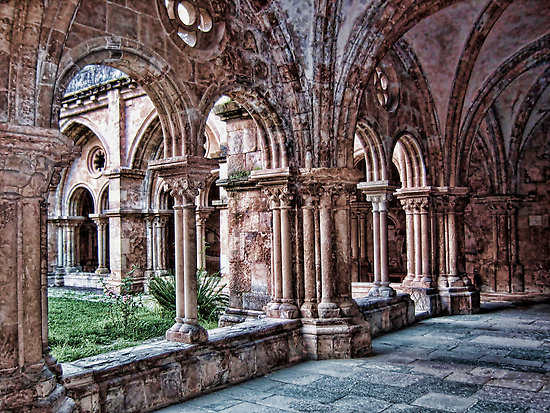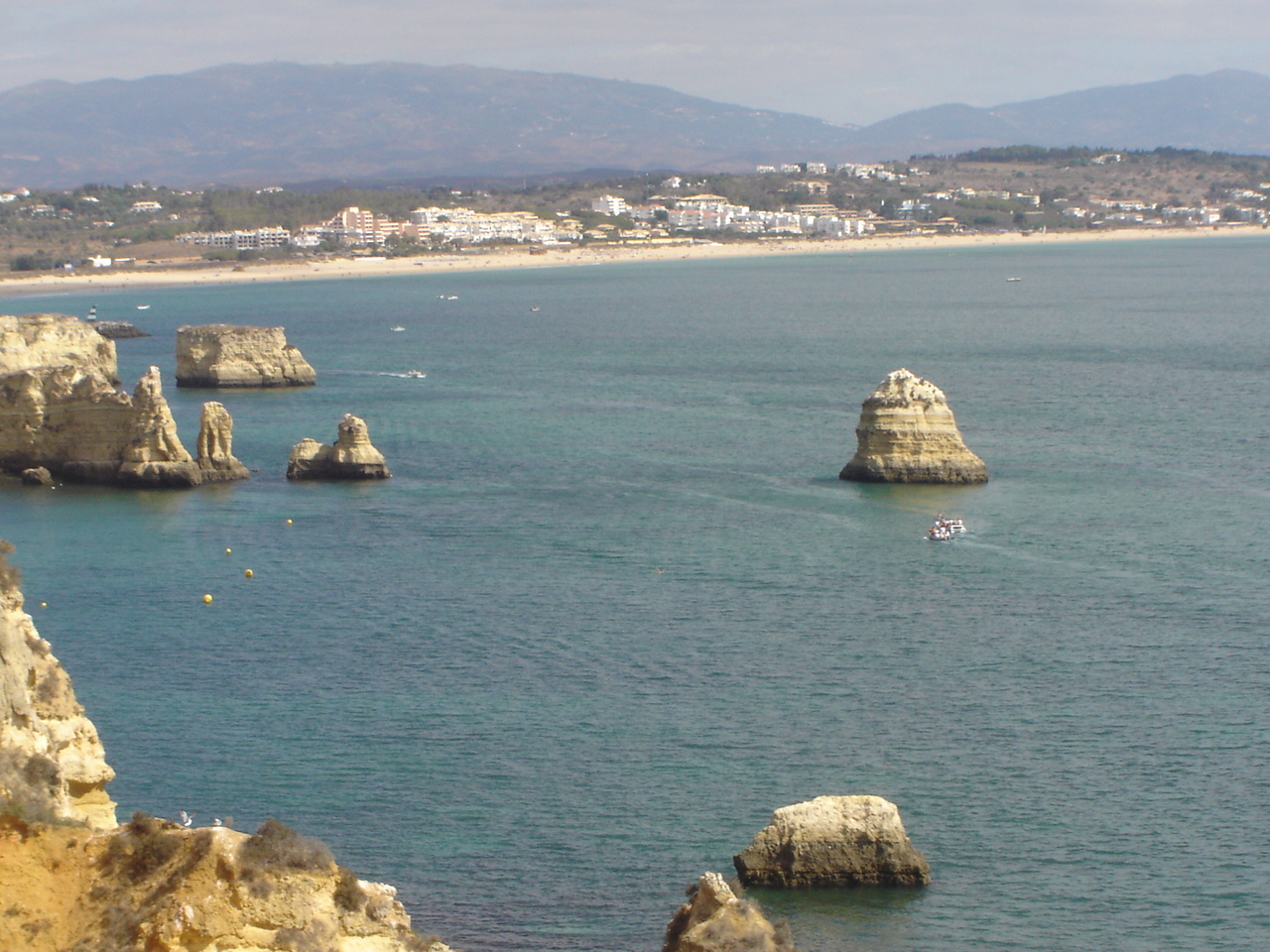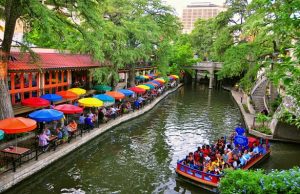Top 10 OF THE TOP PLACES TO VIST IN PORTUGAL
- Lisbon

The museums of Lisbon celebrate the rich history and culture of this Portuguese capital city. The Maritime Museum is perfect for kids (and grown-ups!) who adore all things nautical, while the Casa-Museu Dr. Anastácio Gonçalves is a hidden gem of colorful artwork. To fully appreciate the city’s dramatic stone architecture you can take a guided walking tour, or customize your own tour, making sure to visit the Padrao dos Descobrimentos, the Mosteiro dos Jeronimos, and the UNESCO World Heritage site the Torre de Belem.
- Algarve

The Algarve’s sunny shores offer perfect escapes for all types, from those seeking the hot nightlife of flashy, energetic Lagos to those desiring secluded stays in rambling Sagres. Portugal’s most southerly region offers historical attractions in former Moorish capital Silves and fascinating Tavira, great golf, fabulous beaches from Praia da Luz to Armacao de Pera, thermal springs at Caldas de Monchique, and miles of limestone caves and grottoes, cliffs and bays along its rugged coastline
3. Sintra
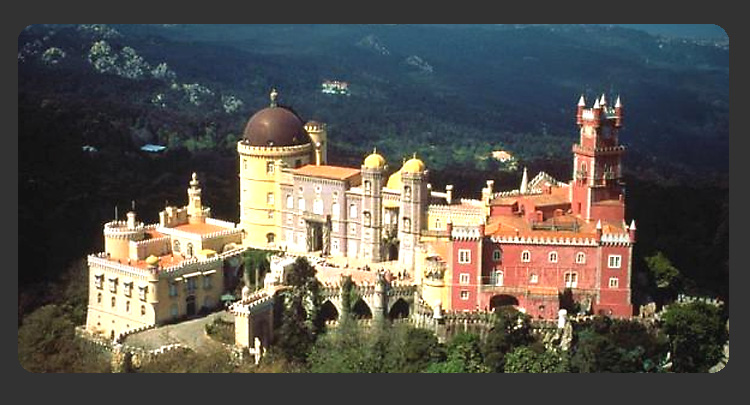
Long the home of Portugal’s monarchs, Sintra is a magnificent town of marvelous historic mansions, all set against the backdrop of lush hills. Sintra’s many castles include the Palácio Nacional de Sintra (a main abode of Portuguese royalty until the early 20th century), the hilltop and storybook Palácio da Pena, Quinta de Regaleira (incorporating several architectural styles and with gorgeous surrounding gardens), the Castelo dos Mouros (Moorish Castle), and the Palácio de Monserrate. A must see when Traveling to Portugal.
- Porto
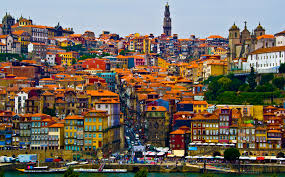
The town that gave the country (and port wine) its very name, Porto is Portugal’s second-largest metropolis after Lisbon. Sometimes called Oporto, it’s an age-old city that has one foot firmly in the industrial present. The old town, centered at Ribeira, was built on the hills overlooking the Douro River, and today is a UNESCO World Heritage Site. The 14th-century São Francisco church is a main attraction, as are the local port wine cellars, mostly located across the river at Vila Nova de Gaia.
- Coimbra

Top 10 Destination in Portugal to seen when traveling in Europe site #5 Coimbra – GuruEscape.com
The medieval capital of Portugal for over a hundred years, and site of the country’s greatest university for the past five centuries, Coimbra wears its weighty importance in Portuguese history with dignity. Its atmospheric, beautiful historic core cascades down a hillside in a lovely setting on the east bank of the Rio Mondeg: it’s a multicoloured collage of buildings spanning nearly a millennium.
In every way the city’s high point, the Old University consists of a series of remarkable 16th-to-18th-century buildings, all set around the vast Patio des Escolas , entered by way of the elegant 17th-century Porta Férrea , which occupies the same site as the main gate to Coimbra’s Moorish stronghold. The highlight is the magnificent library.
In the square itself is a statue of João III , who turns his back on a sweeping view of the city and the river. It was he who re-established the university in Coimbra in 1537 and invited big-shot scholars to teach here in what had previously been a royal palace.
From the courtyard gate take the stairway on the right up to the rather grand Sala dos Capelos (Graduates’ Hall), a former examination room hung with dark portraits of Portugal’s kings, and heavy quiltlike decoration. The adjacent passageway affords visitors excellent city views.
However, all else pales before Biblioteca Joanina (João V Library) next door. A gift from João V in the early 18th century, it seems too extravagant and distracting for study with its rosewood, ebony and jacaranda tables, elaborately frescoed ceilings and gilt chinoiserie bookshelves. Its 300,000 ancient books deal with law, philosophy and theology. A lower floor has more tomes and the Prisão Acadêmica , a lock-up for misbehaving students.
Visitors are admitted in small numbers and on a timetable, and you may find that some rooms are closed during degree ceremonies. Buy your ticket in the shop in the square just outside the Porta Férrea. Individuals and small groups can generally get in with minimal waiting time
- Evora

One of Portugal’s most beautifully preserved medieval towns, Évora is an enchanting place to delve into the past. Inside the 14th-century walls, Évora’s narrow, winding lanes lead to striking architectural works: an elaborate medieval cathedral and cloisters; the cinematic columns of the Templo Romano (near the intriguing Roman baths); and a picturesque town square, once the site of some rather gruesome episodes courtesy of the Inquisition. Aside from its historic and aesthetic virtues, Évora is also a lively university town, and its many attractive restaurants serve up hearty Alentejan cuisine. Outside of town, Neolithic monuments and rustic wineries make for fine day trips.
- Viseu/Aveiro
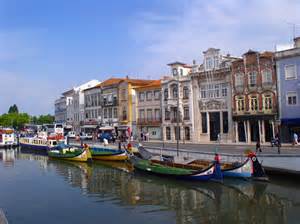
Viseu in central Portugal is such a lovely place, it’s been voted ‘Best city in Portugal to live in. At the top of Rua do Comércio you’ll find Despensa da Praça, a gourmet shop where you can sample some excellent Dão wines and buy port for less than you’d pay in Porto. They also stock gourmet preserves, teas and salts as well as top quality cheese and sausages. If you’re into designer clothes, check out the shop opposite. For antiques, head to the shop under Casa da Sé in Praça Dom Duarte.
Viseu is loacated in the Douro Valley of Portugal. Where much of the Portuguese vineyards and wine are made. If you have some time visit Paço dos Cunhas de Santar has been transformed from neglected 17th century manor house to a modern wine tasting facility with a lovely restaurant. Although it wasn’t one of the wines I tried, I couldn’t resist snapping the Pedro and Inês wine, named after Portugal’s star-crossed lovers.
Aveiro.
You can cover both Viseu and Aveiro in a day. While in Aveiro
Aveiro, Portugal, is perhaps one of the country’s most unique and inspiring cities, and yet it remains a “hidden gem” that features on surprisingly few travel itineraries for visitors planning their trip to the western flank of the Iberian Peninsula.
This is a city quite unlike any other, a place where urban sophistication and modernity meet and merge with the unique marine environment in which Aveiro, Portugal, has its ancient roots. The lucky visitors who make their way here each year will definitely leave with the feeling of having discovered an alternative Portugal that many will never be fortunate enough to experience.
- Bragança
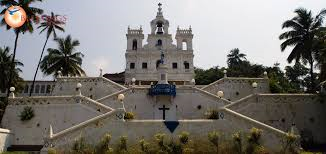
This area has much history and the current heirs of Portugal are from the house of Bragança. There is still a royal family in Portugal, but the family has no rule. In 1910 Portugal became a republic. Queen Catherine of Bragança Married King Charles II of England. She became queen of England after her marriage to Charles II. And introduced the British to the Fork and Orange Marmalade as well as Tea (Tea in Portuguese is called Cha similar to Chai in Asia where the Portuguese introduced the hot beverage to the rest of Europe).
Things to see and visit while you are in Bragança.
Castelo de Bragança
Centro Ciencia Viva de Bragança
- Azores-Vila Franca do Campo,
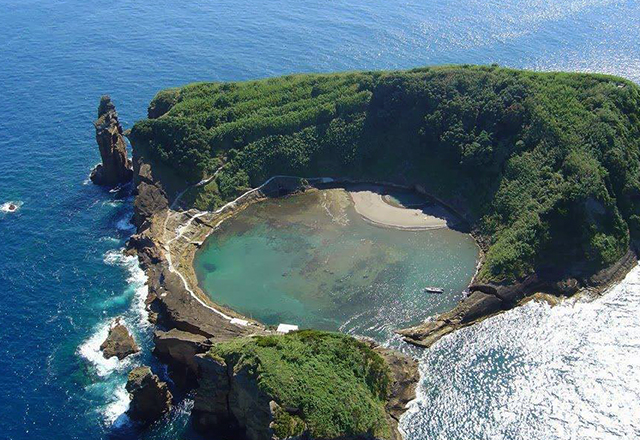
Azores-Vila Franca do Campo Is a municipality in the southern part of the island of São Miguel in the Portuguese Autonomous Region of the Azores. This breathtaking island region has an anthology of nine stunning islands spread over several-hundred nautical miles. Don’t be surprised to see dolphins swimming around! Setting out from Monte Escuro, take the gravel pathway to the Pico da Vela (Sail Peak). Further ahead, you will find many specimens of true grass starwort and Azores heather while taking a glance at the Lagoa dos Areeiros (Areeiros Crater Lake). Then, circle the Pico da Vela by the right side and enjoy the view over Lagoa do Fogo (Fire Crater Lake). Unforgettable! Turn back and start descending to Vila Franca do Campo; you will surely be moved by the landscape of Pico da Cruz (Cross Peak), of Vila Franca do Campo and of its islet, as well as by the landscape of the southern coast of São Miguel Island. Before arriving at the Ermida da Nossa Senhora da Paz (Our Lady of Peace Chapel), there are more pastures and Japanese cedars. Follow the cobbled road to get to Vila Franca do Campo.
- Madeira

Breezy Madeira is an eponymous island in the Madeira Islands, a Portuguese archipelago. The capital city of Funchal was settled in the 15th century and is a colorful collection of gardens, religious sites, and quirky tourist attractions like the thatched-roof Madeira Story Centre. Hike to the summit of Pico Ruivo and you’ll feel like you’ve climbed through the clouds. Unwind over a glass of Madeira wine, an historic fortified beverage that’s musky and subtly sweet.

